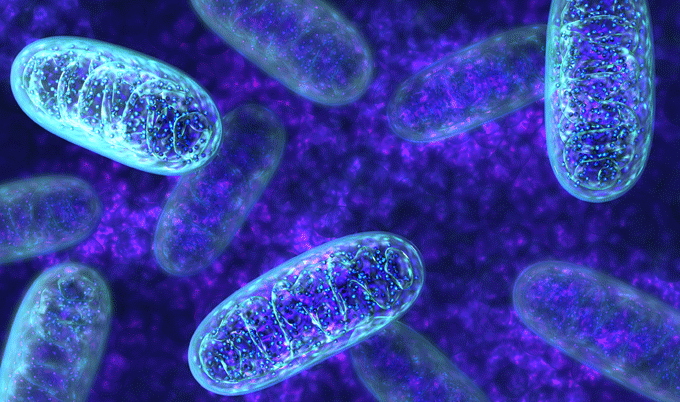Mitophagy research
Deficiency in recycling of mitochondria: a new disease mechanism
Published on: 3 February 2022
An international team of scientists have reported the first evidence that “mitophagy” – recycling of damaged mitochondria – contributes to human disease.
A study, involving experts at Newcastle University, shows that pharmacological activation of mitophagy reversed the progression of mitochondrial muscle disease. The results were published in the leading journal, Cell Metabolism.
A team of investigators from Newcastle University and the University of Helsinki developed a method of how mitochondrial recycling could be observed inside a diseased muscle.

Importance of myofibres
They found that in mice and patients with mitochondrial disease a single muscle can have myofibers with a mild or severe disease-stage or be normal. Such fibres can exist side-by-side, forming a mosaic-like pattern in the diseased muscle.
The fibres with mild disease-stage have high mitophagic activity that enables recycling of mitochondria damaged by the disease. In progressed disease-stage mitophagy is stalled, and these myofibers are filled with damaged mitochondria.
Such fibres are called ragged-red fibres, hallmarks of mitochondrial disease in pathology, and occurring also in low amounts in normal aging.
Dr Amy Vincent, from the Wellcome Centre for Mitochondrial Research at Newcastle University, who contributed to the patient study, said “Whilst we have always suspected that mitophagy to be an important contributor to the pathogenesis of human disease, this work presents the first evidence of its importance in a disease model and in patient tissue.
“Furthermore, the partial reversal of pathology by through treatments that increase mitophagy is a promising therapeutic avenue for mitochondrial disease."
Pharmacological treatment
The current findings show that stalled mitophagy is the mechanism underlying ragged-red fibres.
Previous studies using cultured cells have suggested mitophagy to play important roles in Parkinson’s disease. However, until now, little data existed in patients or disease model animals. The current evidence indicates that deficient mitophagy causes human disease.
Disease-related damage could be partially removed by pharmacological treatment that activated mitophagy. The investigators used the drug, rapamycin, which is used in medicine, for example to prevent rejection of transplanted organs.
Rapamycin has, however, unwanted side-effects, including suppression of immunological defense mechanisms. The evidence proposes usefulness of specific mitophagy activator compounds for treating mitochondrial diseases as well as aging-related mitochondrial dysfunction.
Reference: Mosaic dysfunction of mitophagy in mitochondrial muscle disease. Takayuki Mito et al. Cell Metabolism. Doi: 10.1016/j.cmet.2021.12.017



